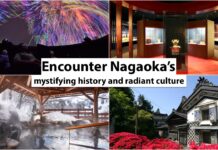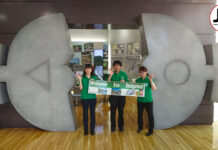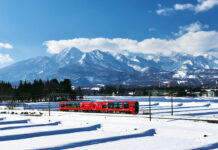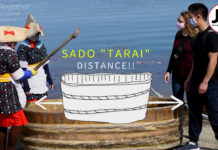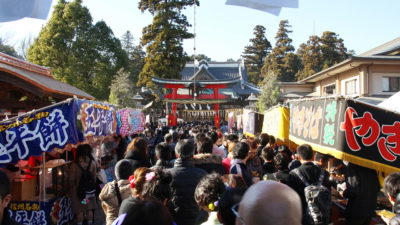Gastronomy Cycling Tour in Niigata: Day 2
Wrapped in cozy down comforters, we woke up in our ryokan, a wonderful traditional Japanese inn. As I slid open the paper screen window, the sunlight poured through. I looked out to see the red, gold and orange autumn leaves drenched in morning light. I couldn’t wait to get out there to explore Niigata.
Natto, I’d yet to have the courage to try it.
Breakfast was a perfectly orchestrated modern version of traditional Japanese breakfast foods, including miso soup, fish, and natto. Natto is a fermented soy bean dish famously unappealing to westerners. I’d yet to have the courage to try it. Knowing that natto is very healthy, I’d been meaning to taste it and thought, I might as well start with a gourmet version. The innkeepers graciously served us each a steaming bowl of Niigata’s world class rice. Eventually, I nervously added a single soybean and doused it with a spoonful of herbs and spices recommended by the chef. Following that, I gave it a dab of soy sauce. It was surprisingly good! I even managed to eat four more beans before turning my attention to the rest of the gourmet delicacies.
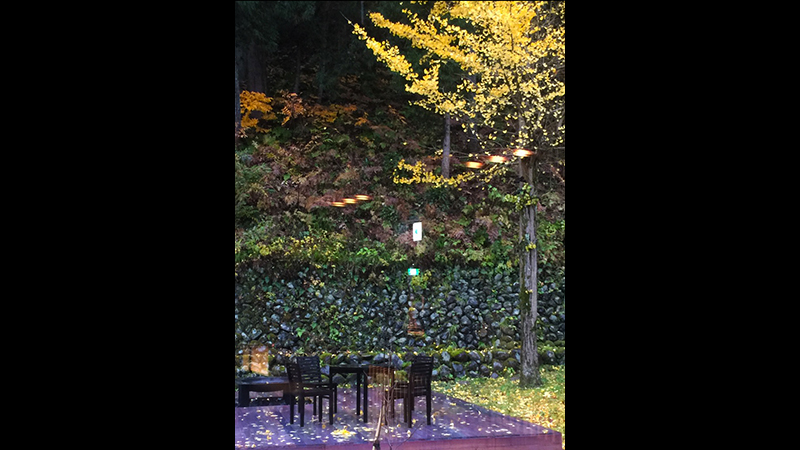
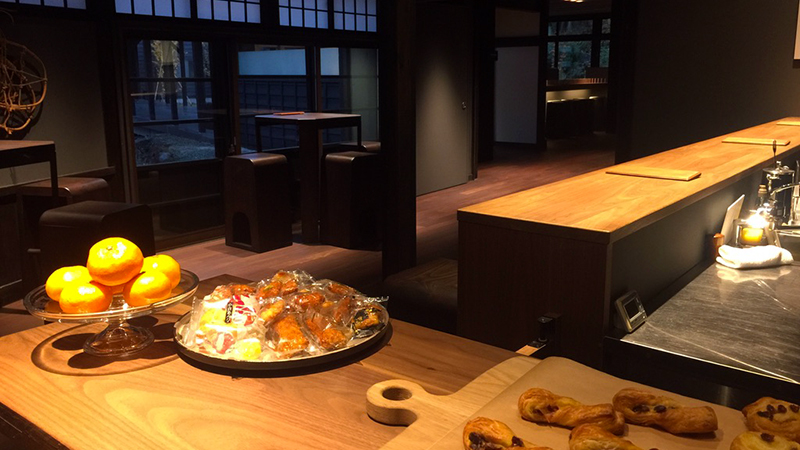
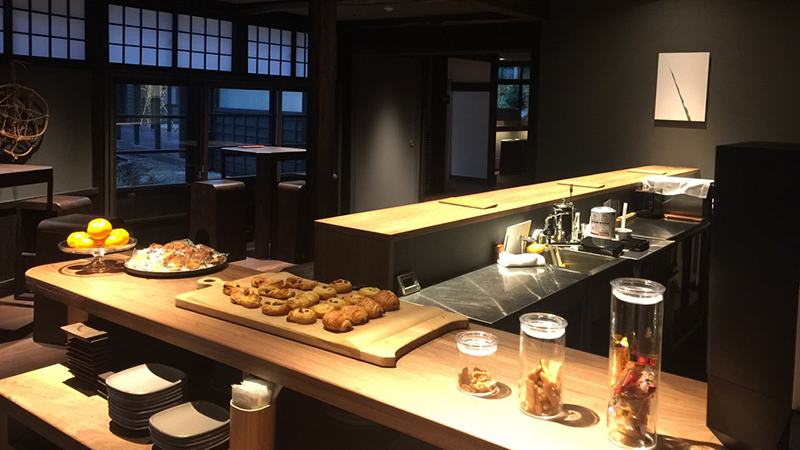
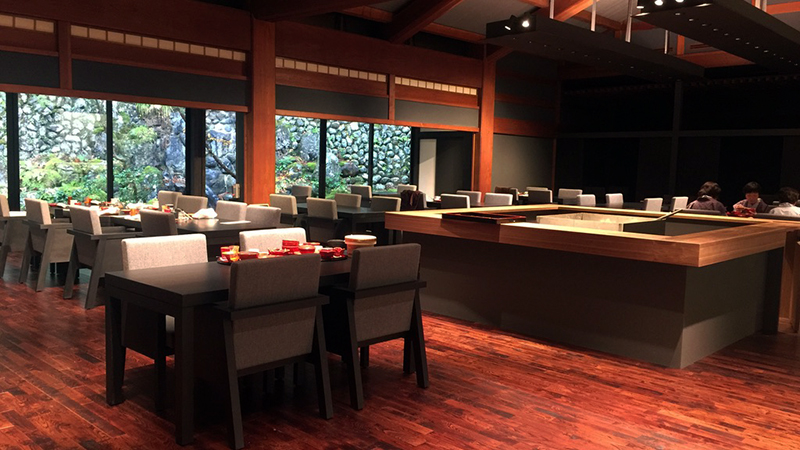
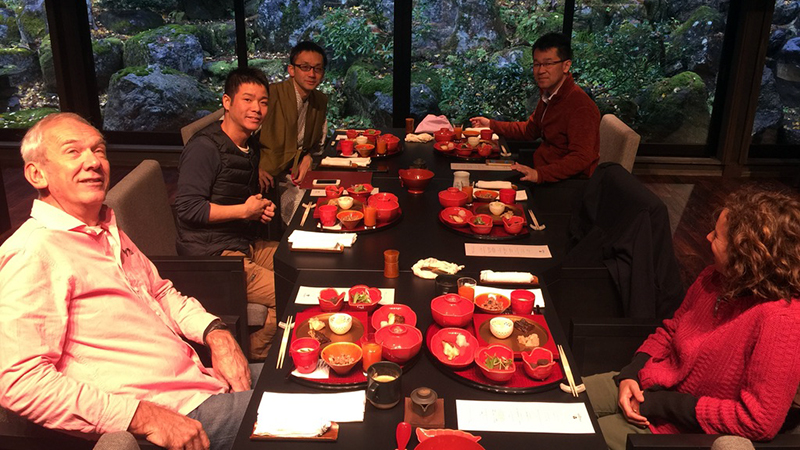
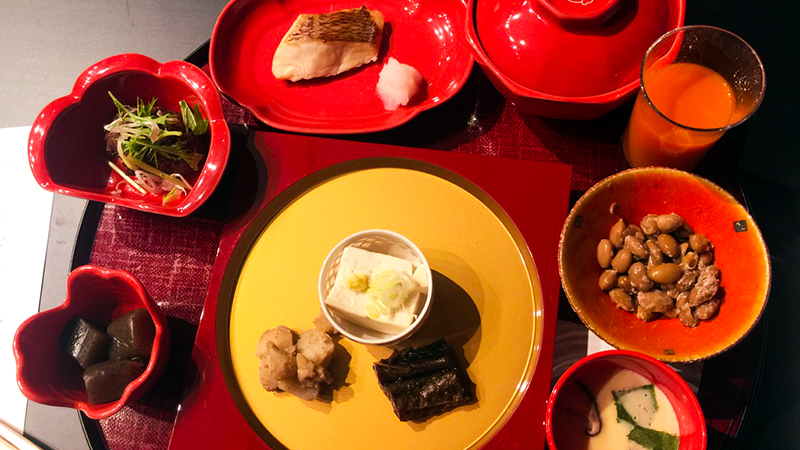
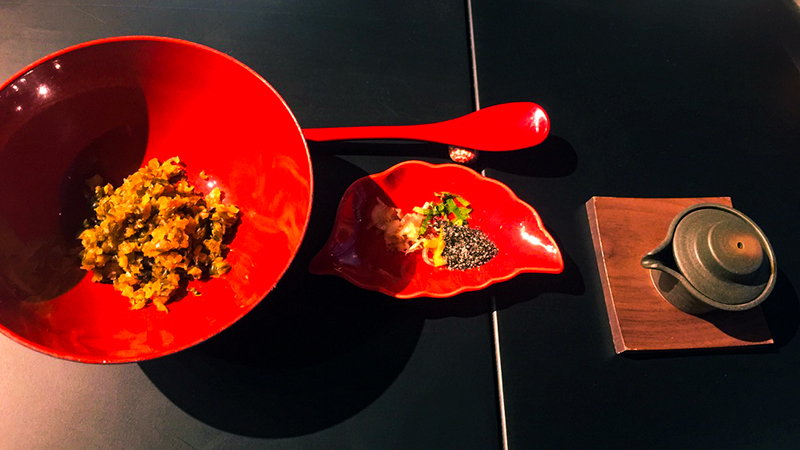
Drizzle!! and had turned to big puffy snowflakes
Unexpectedly, we could see some drizzle as we looked out the window. What would we do in the rain, we wondered? Our super organized tour leader, Aki, said, “No worries, we have a plan.” Then we piled into the van where we met Keiho, our guide for the day, who like me, loves history. He explained to us that we were on a road, used for centuries by samurai lords (daimyo) and their entourages. They would use the path to visit Tokyo in order to pay tribute to their leader. I was completely wrapped up in his stories when I suddenly noticed that the drizzle had turned to big puffy snowflakes and the snow was sticking…
Lunch at a very old wooden house.
Finally we arrived in town, and hopped out of the van in front of a very old wooden house. Our guide explained that hundreds of years ago, the daimyo’s right hand man would spend the night here on his week-long journey to Tokyo. Then his eyes widened, his voice rose an octave and he belted out, “And we will be having lunch here!” Seeing the excitement on his face, we knew that what we were about to experience was a very rare event.
We were warmly greeted by an older gentleman who gathered us close, pointing out the details of the house. While we listened, two middle aged women darted around the tatami matted room, preparing what looked like a very elaborate lunch. Pointing up, he explained that the ceiling planks were made of extremely thin wood, so that any ninjas climbing onto the roof to kill their esteemed guest, would fall straight down. Continuing the tour, he mentioned how the architects built the floors on two layers of earth so that tunneling ninjas couldn’t push their sharp swords through. Those devilish ninjas!
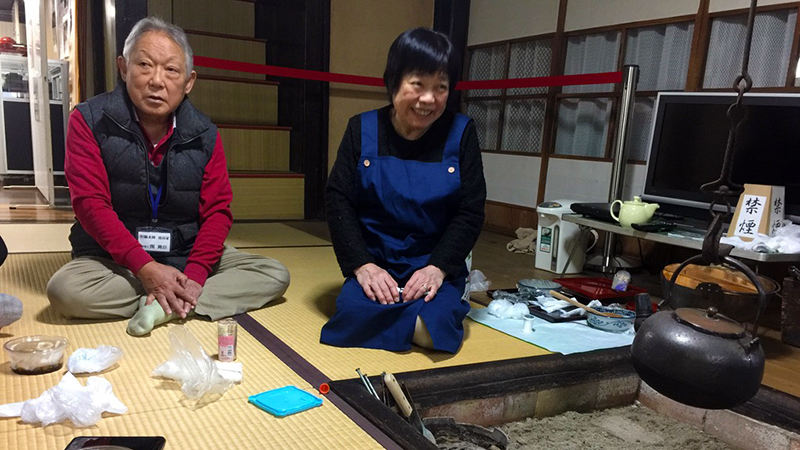
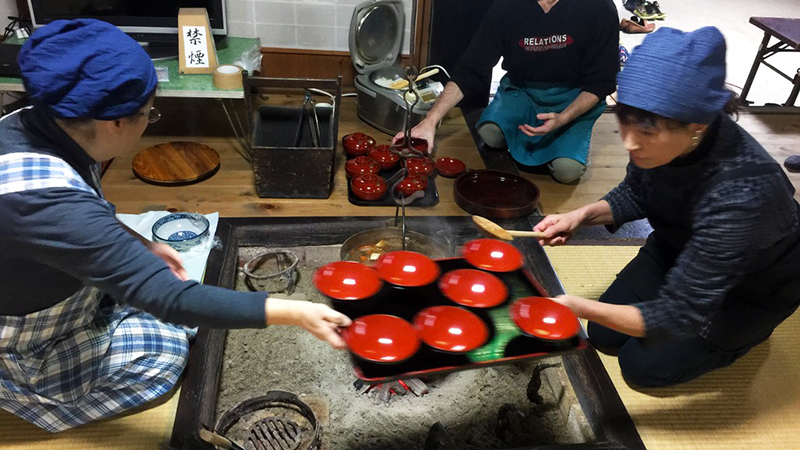
Sitting on cushions on the tatami mats, we were each served two trays packed with lacquered bowls. Apparently, they were same ones used during the daimyo period. These would not be going in the dishwasher, I mused. Each plate offered up stacks of local, seasonal specialties. The meal included river fish roasted by the fire on sticks and a broth brimming with mushrooms collected in the forest by the women.
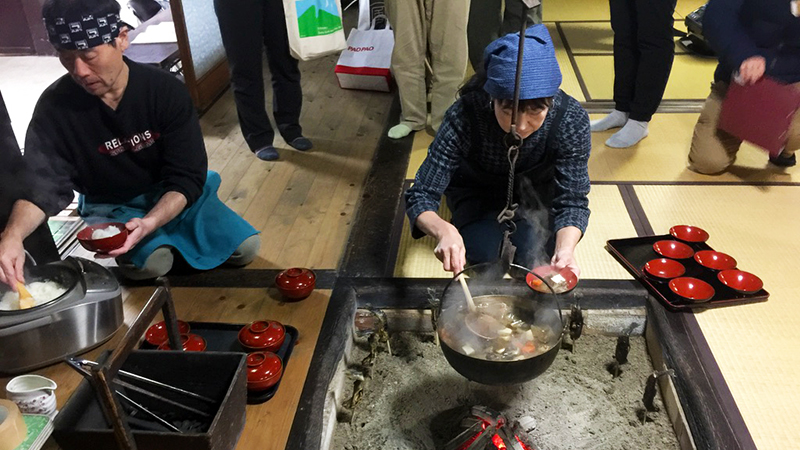
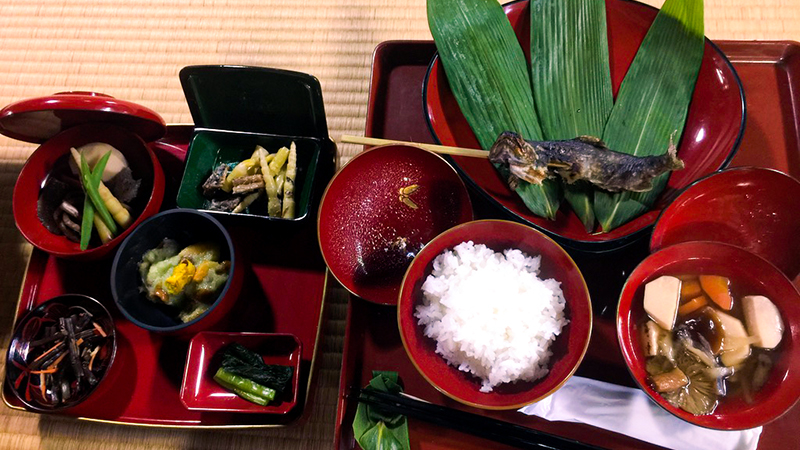
Then she's become salt lady
As we ate, the ladies told us about their lives. Having come to the village decades ago to marry, one women said that her father-in-law was very strict. As a result, he forbade her from going out. The only outings he would allow were for community service. Since then she’s become the Salt Lady. She goes house to house, knocking on doors. Dipping a tool into peoples’ miso soup, she checks the sodium content. A nearby region, Nagano, had gone from having the lowest life expectancy in Japan to the highest, by lowering their salt. She hopes to do the same for her area.
A descendent of the daimyo house’s original owner stopped by to show us how to make one of the areas favorite snack, yamadango. Using our fists, we crushed left over rice in a bag, then rolled the rice into a log. With one end of a string between our teeth, we used the other end to cut slices of the log into a bowl. We then soaked the rice slices in a sweet black molasses. This was nourishing food hunters would take into the forest in case they lose their way. It is such a local specialty that neighboring towns don’t know it.
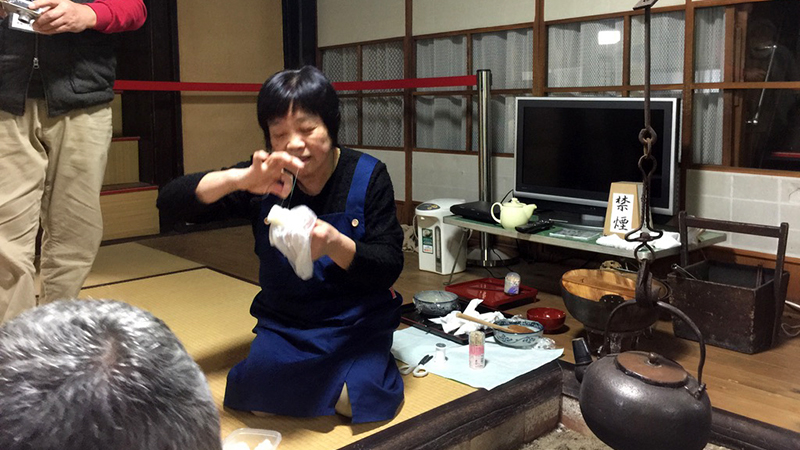
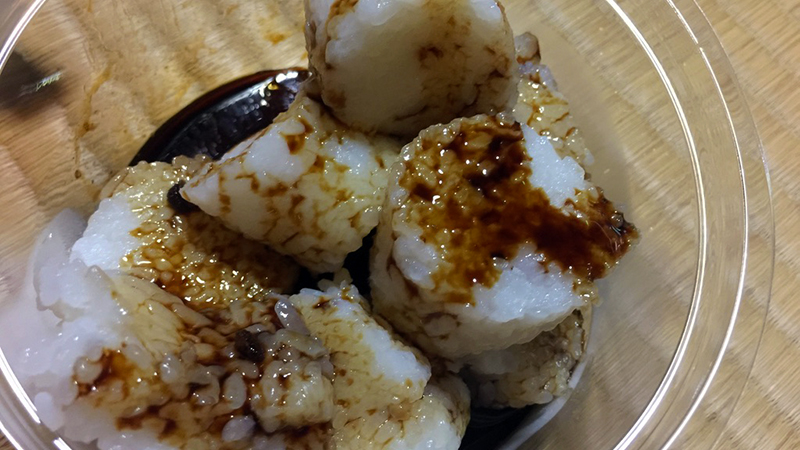
A Snowball fight naturally ensued.
We finally managed to tear ourselves away from the kind townspeople and their scrumptious delicacies. We drove higher and higher into the mountains. The van stopped and we stepped out into a forest where every branch and twig was draped in a blanket of feathery white snow. The winter wonderland took my breath away. As we followed our guide up a white embankment, he explained that war was traditionally fought during the winter, when food stocks were low. During those times, the daimyo would lure in a volunteer army with the promise of twelve bowls of rice per day. The army would set out to conquer neighboring cities in order to steal their food and enslave their women and children. The losing side could pay for the return of their loved ones.
Our guide sent us up the next hill as he waited in a gully below. Prancing about, brandishing an imaginary sword he demonstrated how three hundred townspeople had managed to keep an army of forty thousand at bay for a week. His passion made the story come alive. Subsequently, emboldened by his warrior tales, a snow ball fight naturally ensued.
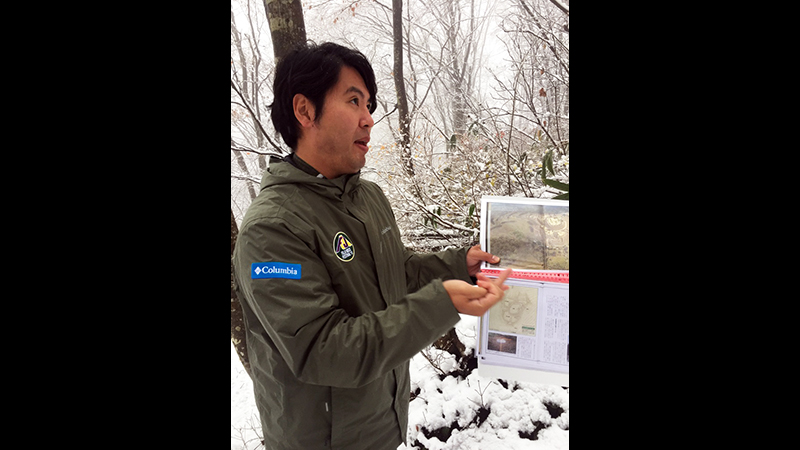
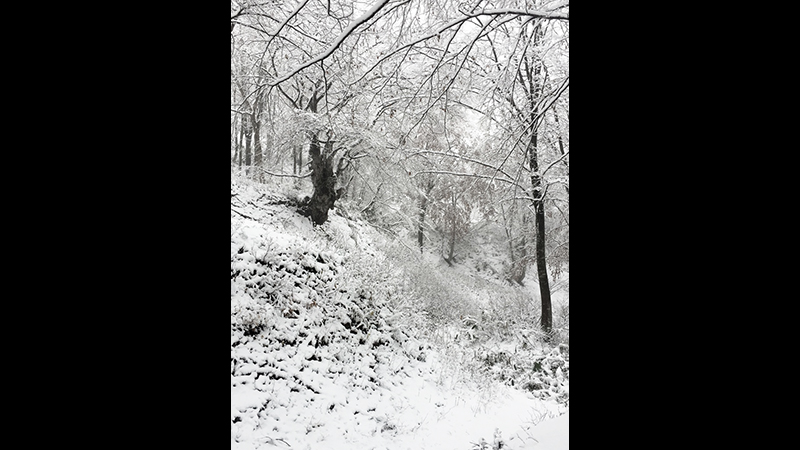
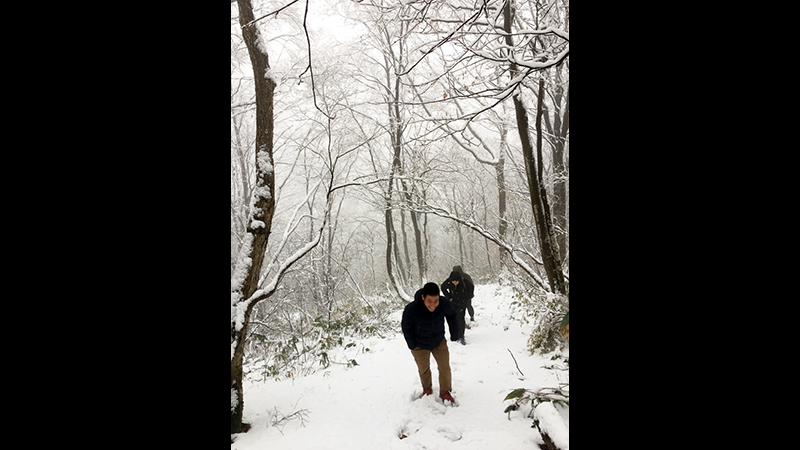
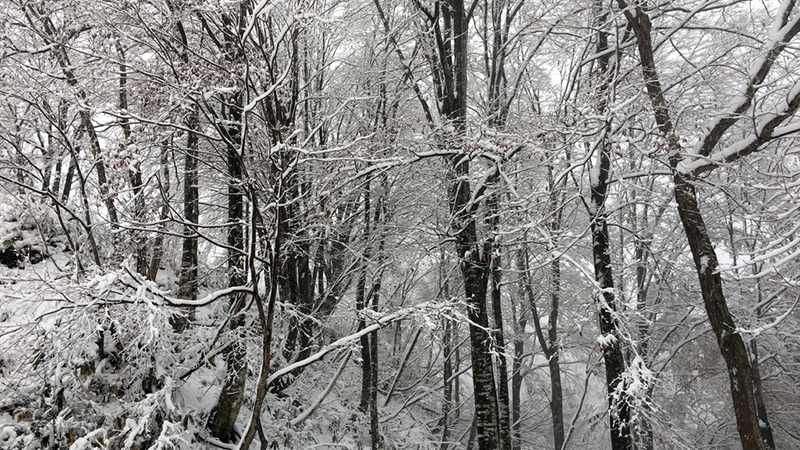
Irori night, that we will never forget.
That night we checked into our second ryokan. The owner invited us next door, to sit like family around the irori, a traditional grill built into the floor. Next he coaxed course after course of local delights off the simmering fire. It was a night of delicious food and warm company that we will never forget.
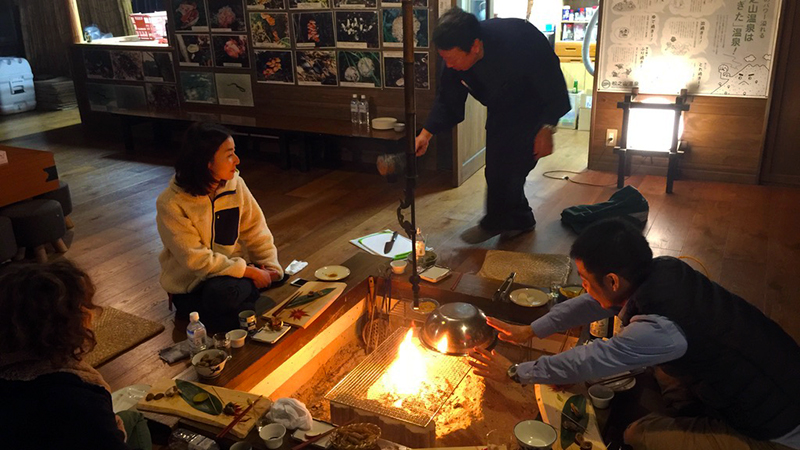
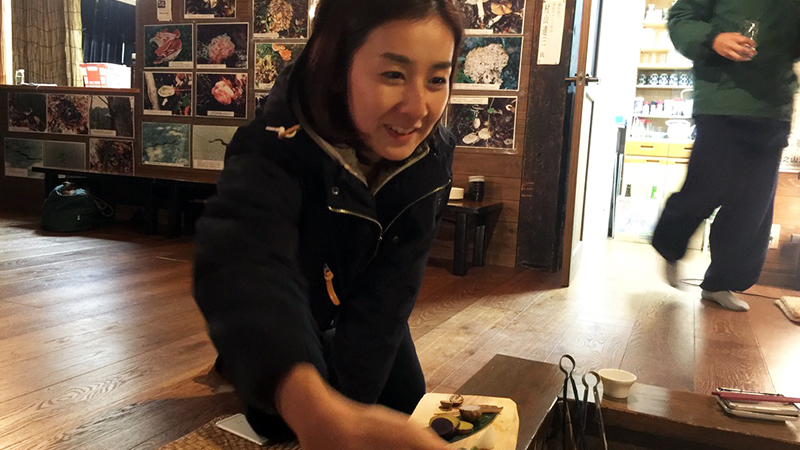
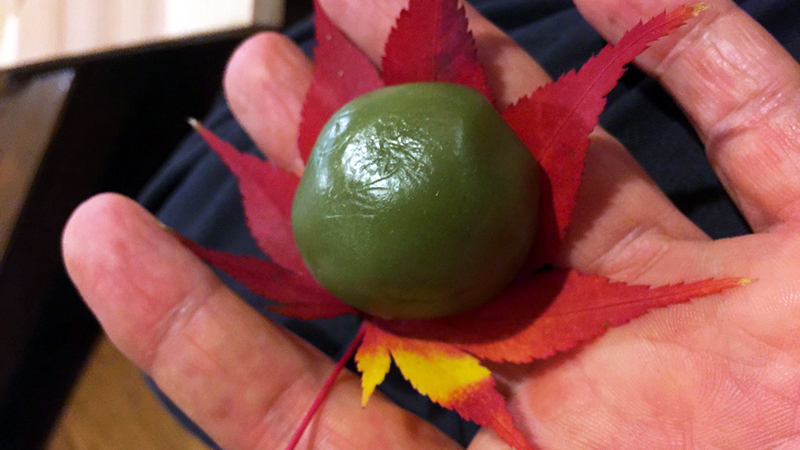
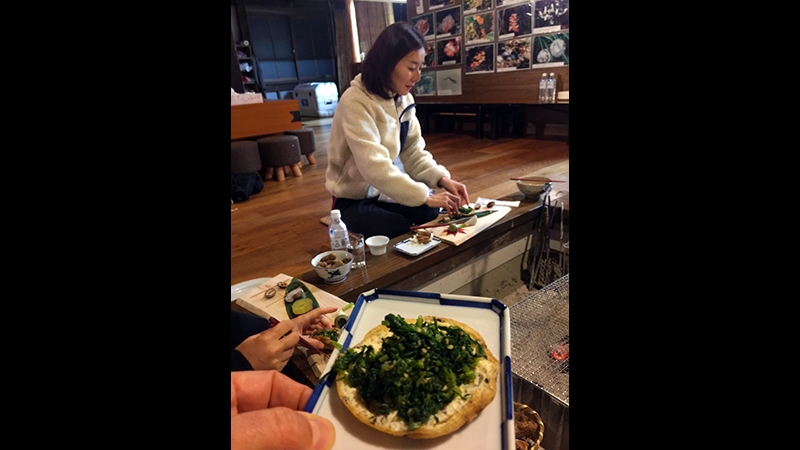
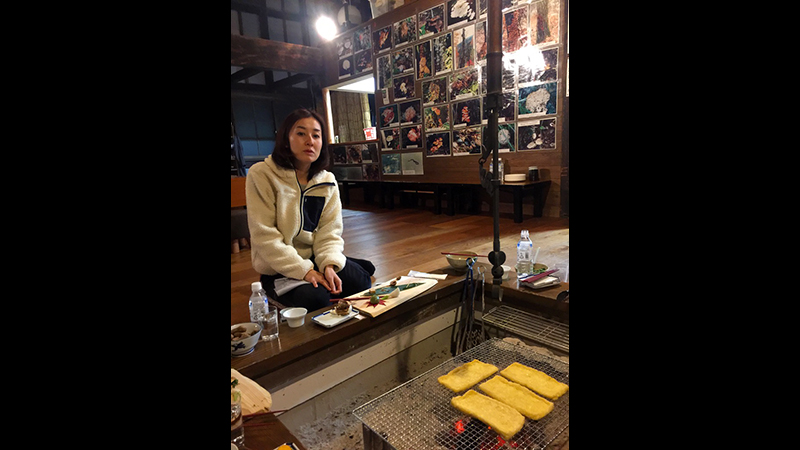
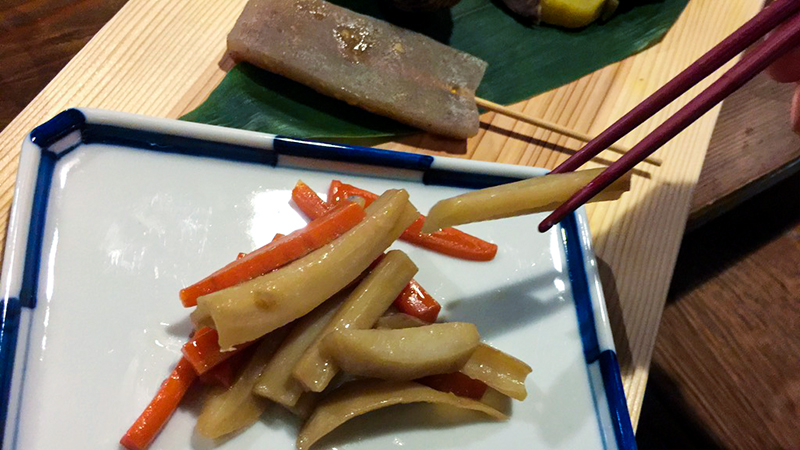
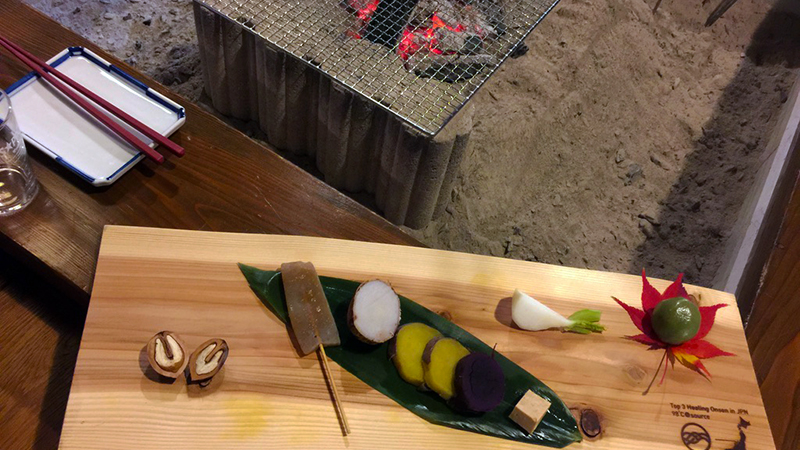
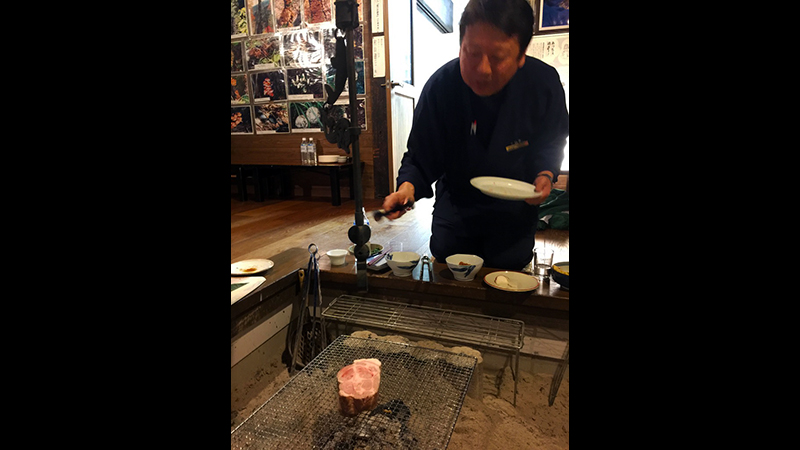
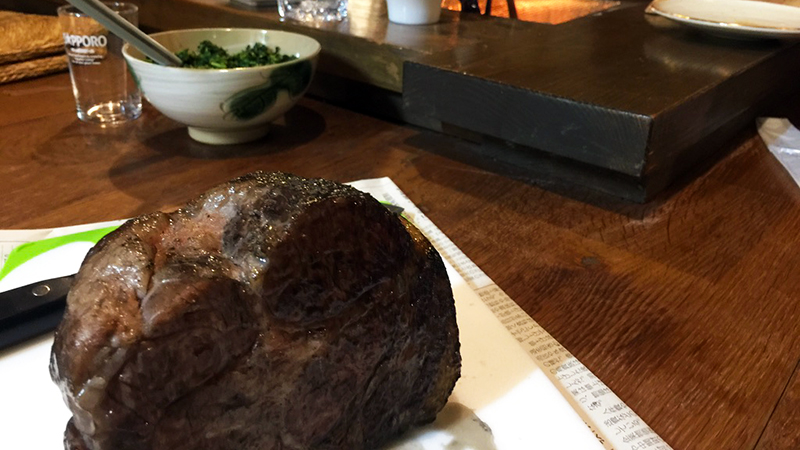
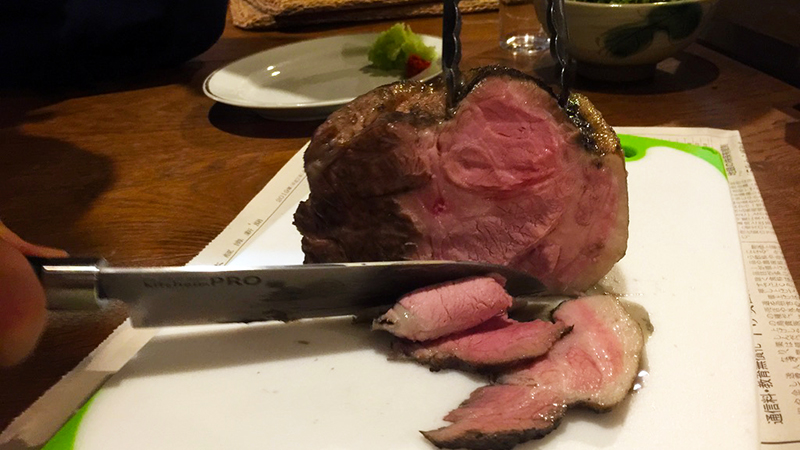
Ninja Reporter : Peter Carmichael
 0
0

